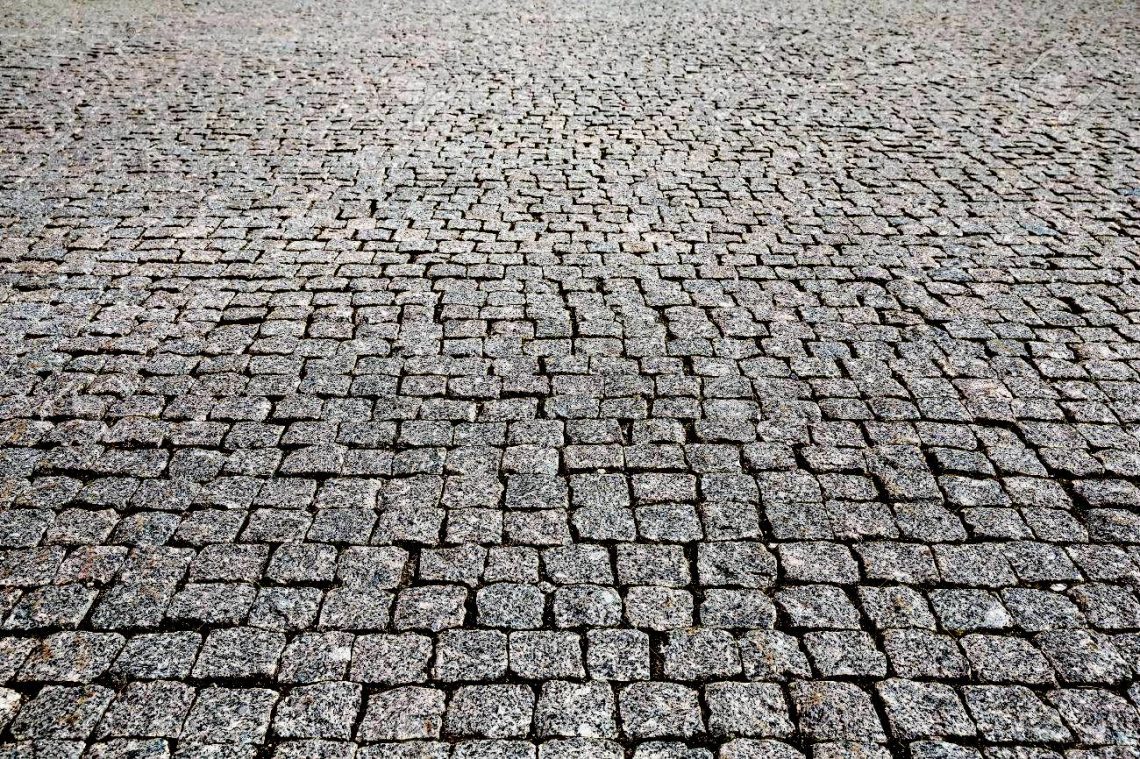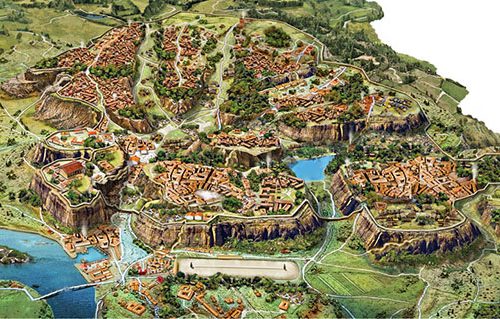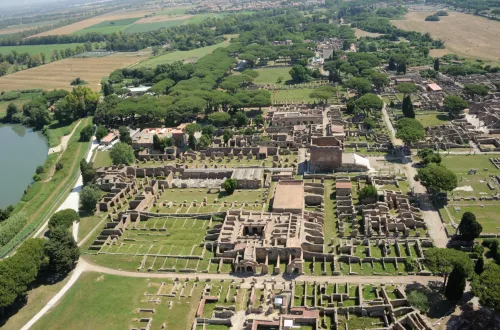
Sanpietrini: The Iconic Cobblestones That Pave the Soul of Rome
If you’ve ever wandered the winding streets of Rome, you’ve likely walked on Sanpietrini — those small, dark cobblestones that line the city’s historic heart. Far more than just a quirky paving choice, these iconic stones are deeply woven into the cultural, historical, and visual fabric of the Eternal City.
In this post, we explore the history of Sanpietrini, their origins, why they’re still used today, and why they’ve become a true symbol of Rome.
The History of Sanpietrini: Ancient Roots, Papal Vision
The origins of Sanpietrini date back to the late 1500s, during Pope Sixtus V’s reign. As part of his ambitious plan to modernize and unify the city’s infrastructure, Sixtus V oversaw the introduction of these durable basalt cobblestones in Piazza San Pietro (St. Peter’s Square). This is also where their name—Sanpietrini—was born.
Though they became popular in the Renaissance era, their design echoes back even further to the days of the ancient Roman roads, which were also built with volcanic stone for strength and longevity.
Crafted for Durability: How Sanpietrini Are Made
Sanpietrini are typically trapezoidal or square blocks of black basalt, sourced from nearby volcanic regions such as the Alban Hills. Their compact size (usually about 12 x 12 cm) makes them easy to maintain and replace, and their rough texture provides natural grip, though they can be a bit slick in the rain.
Specialized workers, traditionally known as “sampietrini”, have been laying and repairing these stones for centuries, maintaining the old craft passed down through generations.
Sanpietrini in Modern Rome: Between Tradition and Change
Today, Sanpietrini are both celebrated and debated. While they add a romantic, timeworn texture to Rome’s urban landscape, they’re not without their drawbacks:
-
Difficult for cyclists and scooter riders
-
A nightmare for high heels
-
Noisy and bumpy for cars and buses
-
Slippery in wet weather
As a result, Rome has replaced Sanpietrini with asphalt in many areas, though central and historic neighborhoods — especially around the Colosseum, Trastevere, Campo de’ Fiori, and Vatican — still proudly wear their Sanpietrini.
More Than Stones: A Symbol of the Eternal City
Beyond their practicality, Sanpietrini have come to symbolize the enduring soul of Rome. They’ve witnessed revolutions, hosted centuries of footsteps, and even played a role in protests, used as makeshift projectiles during political unrest in the 20th century.
Artists use Sanpietrini in sculpture and design, and they’ve become popular in souvenirs and pop art. For many locals, the clack-clack sound of heels or wheels over Sanpietrini is as Roman as an espresso in the morning.
Final Thoughts: Walking on History
Next time you’re in Rome, take a moment to look down. The Sanpietrini beneath your feet are more than paving stones — they are pieces of living history. They connect you to emperors, popes, revolutionaries, artists, and centuries of everyday Romans who have walked the same paths.
Rome wasn’t built in a day, and its streets prove it.
![]()




